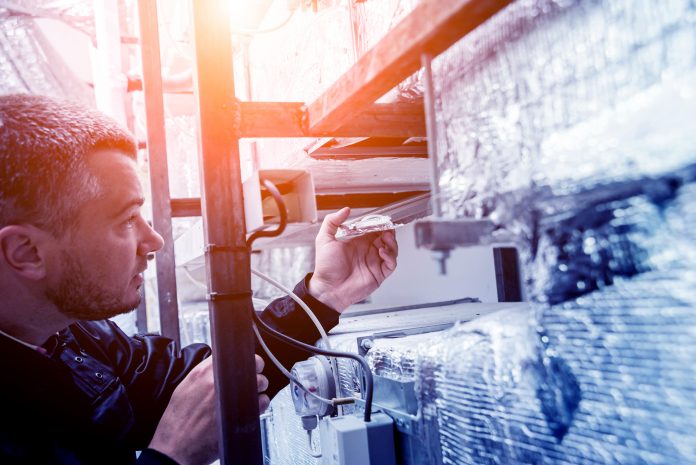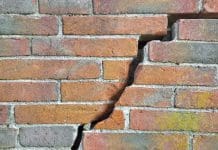The importance of ventilating buildings has never been more pertinent but the engineering industry needs more scientific data to help it improve protection from viral infections, according to airborne infection experts
Professor Cath Noakes, one of the two engineer members the Scientific Advisory Group for Emergencies (SAGE), told a webinar hosted by the Building Engineering Services Association (BESA) that it was not enough to simply increase ventilation rates in buildings to mitigate transmission of the Covid-19 virus.
Noakes has chaired SAGE’s Environment and Modelling Group (EMG), a cross-disciplinary group that has helped the NHS, Public Health England and government officials understand how the virus survives in the built environment and suggested mitigation strategies using engineering solutions.
Noakes, who is Professor of Environmental Engineering for Buildings at the University of Leeds, has been providing advice on airborne transmission to the NHS and the government throughout the pandemic and was recently featured on Radio 4’s The Life Scientific.
Noakes went on to say: “We don’t yet know how much ventilation we need to get this under control; we might never know that and there will always be some risk, but we can aim to reduce the residual risk as much as possible.
“It is not enough to just say let’s increase ventilation rates. We know it matters and will be critical for health and wellbeing (including mental health) beyond Covid so we must get this right.
“We can say we have not seen any evidence of high transmission in well-ventilated spaces – so if we are designing and delivering to the standards set in current building standards that will help, but we may need to go beyond that.”
She pointed out that many buildings were not even achieving current standards and many “had no proper ventilation at all.
“So we might not have all the answers, but we do know we need to ventilate better. We also know that ventilation is forever. Even if we get this health crisis under control; what about the next one?
“We need to get the engineering solutions right for the long term.”
The hierarchy of risk control
Noakes explained that the virus thrived in cool, dry and dark conditions – so controlling relative humidity should also be considered.
She said that recent studies suggested some of the larger water droplets that carry the virus can be suspended in the air for longer by air conditioning and cautioned against using it in places with low levels of ventilation.
She also said air cleaning was not a reason to ventilate less, but “should be used where you can’t ventilate effectively”.
Engineering controls should sit above the measures that rely on human behaviour such as distancing and wearing face coverings in any “hierarchy of risk control”, according to Noakes.
Building managers should address source control before studying ventilation requirements.
This approach would not necessarily lead to increasing ventilation rates.
She said there was also very little ‘real world’ evidence to prove the effectiveness of air-cleaning devices – performance data had come mainly from laboratory-based studies – but they may improve indoor air quality (IAQ) by removing some other airborne pollutants.
However, there are other risks with some air-cleaning devices including exposure to blue light and secondary pollutants
Noakes added: “The government will have to find a balance between its ambition for a net-zero carbon built environment and one that achieves good health outcomes for people.
“I hope that people have recognised early enough that ventilation is really important.
“There is a risk that we try to deal with net-zero by sealing [buildings] up more. The problem is that it is always much easier to measure energy performance than ventilation effectiveness – we have to address that too.”

















